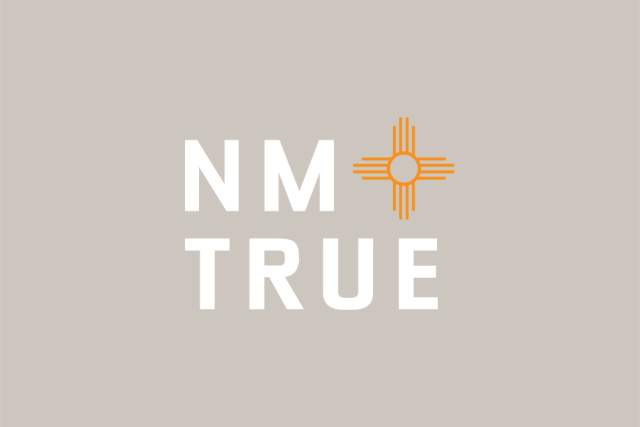Often called the Gateway to the Enchanted Circle Scenic Byway, the village of Eagle Nest is tucked into the Sangre de Cristo mountains near the New Mexico/Colorado border. Located at just over 8,200 feet in elevation, it’s now known as an oasis for "flatlanders" looking to escape Texas and Oklahoma’s sweltering summer heat. This charming New Mexican town of less than 300 people has a rather dramatic, colorful history involving gunslingin’ vigilantes and even a bit of corruption (as many others did in the Wild West). Today, the area is known for its world-class fishing, epic mountain landscapes, and abundance of outdoor sports, while retaining its historical roots.
Early History: Native Americans and the Conflict between Land Grant Companies and Settlers

For centuries, Eagle Nest was nothing more than a crossroads for Ute and Jicarilla Indians in search of game and ceremonial feathers. While East Coast newspapers were fixated on Indian invasions out West, Eagle Nest’s problems in the early days were almost always due to fighting between white settlers and land grant companies over the area’s natural resources. This never ending conflict of interests resulted in many battles and uprisings. The corrupt companies were constantly trying to push out settlers with scare tactics and hired lawyers, sheriffs, and actual outlaws to help impose unfair taxes and threaten families. The settlers continued to fight back, and the conflict went on for decades.
Finally during the 1900s, the land was subdivided between ranchers, loggers, and private organizations. East Coast elites built mansions on their estates and hosted fancy parties for their friends, including the likes of Herbert Hoover. Unfortunately, the mining towns in the area eventually ran out of gold, leaving them uninhabitable. Elizabethtown, about five miles north of Eagle Nest, is one such ghost town that is worth a visit when you’re passing through on the scenic byway. The town’s museum is located in a former schoolteacher’s home and is filled with artifacts from the area’s heyday.
In the Early 1900s: When Everything Started to Change

Big changes came to the area in 1918, when the Eagle Nest Dam was built. It was the largest privately constructed dam in America: a massive structure created to store surplus water from the Cimarron River for power plants, mining, and irrigation. It also created a huge lake, which was soon stocked with trout. Before long, this (now) quiet farming community morphed into a tourism mecca for fishermen, cowboys, and outdoor enthusiasts during the warmer months. In the winter, families started selling blocks of ice from the lake.
Eagle Nest remained relatively peaceful until the 1920s when illegal gambling became popular. Almost overnight, Eagle Nest became a party town full of slot machines, saloons, drinking, and dancing. In the 1940s, the town was busted for illegal gambling. While most slot machines were destroyed with axes, it’s rumored some were thrown in the lake by owners trying to avoid arrest, and local legend says that you can see them at the bottom of the lake when the water is low.
Today: Gateway to the Enchanted Circle
While Eagle Nest doesn’t attract party animals or gunslingin’ outlaws anymore, it’s become an important starting and ending point for tourists exploring the Enchanted Circle. Surrounded by state parks and national forests, Eagle Nest offers year-round outdoor recreation including some of the best skiing, big game hunting, and hiking you’ll find anywhere in the state. Anglers from all over the country come to the area to fly fish in streams or cast lines in arguably the best lake for trout fishing in the Southwest.
Eagle Nest also offers some of the state’s best big game hunting on both public and private lands, which are home to trophy elk, bear, and mountain lion. Activities like camping, rock climbing, ATV riding, biking, hiking, wildlife viewing, and horseback riding also continue to draw people to the area. After exploring the outdoors, check out Main Street, where you can find locally made arts and crafts, fudge, sculptures, sterling silver, Native American jewelry, souvenirs, and everything in between.
While the town itself still has that historic Wild West feel (complete with a swinging door saloon), Eagle Nest is mostly inhabited now by either descendants of early ranchers or visitors who couldn’t bring themselves to leave. Given the beauty of the area, the perfect summer weather temperatures, and the laidback pace of the town, who can blame them?
Since local business owners rely almost entirely on summer tourists, outsiders are embraced like family. In stark contrast to its wild past, Eagle Nest is now a hospitable community where nature is greatly appreciated. This fascinating town is not to be missed!
Originally written by RootsRated for New Mexico.

